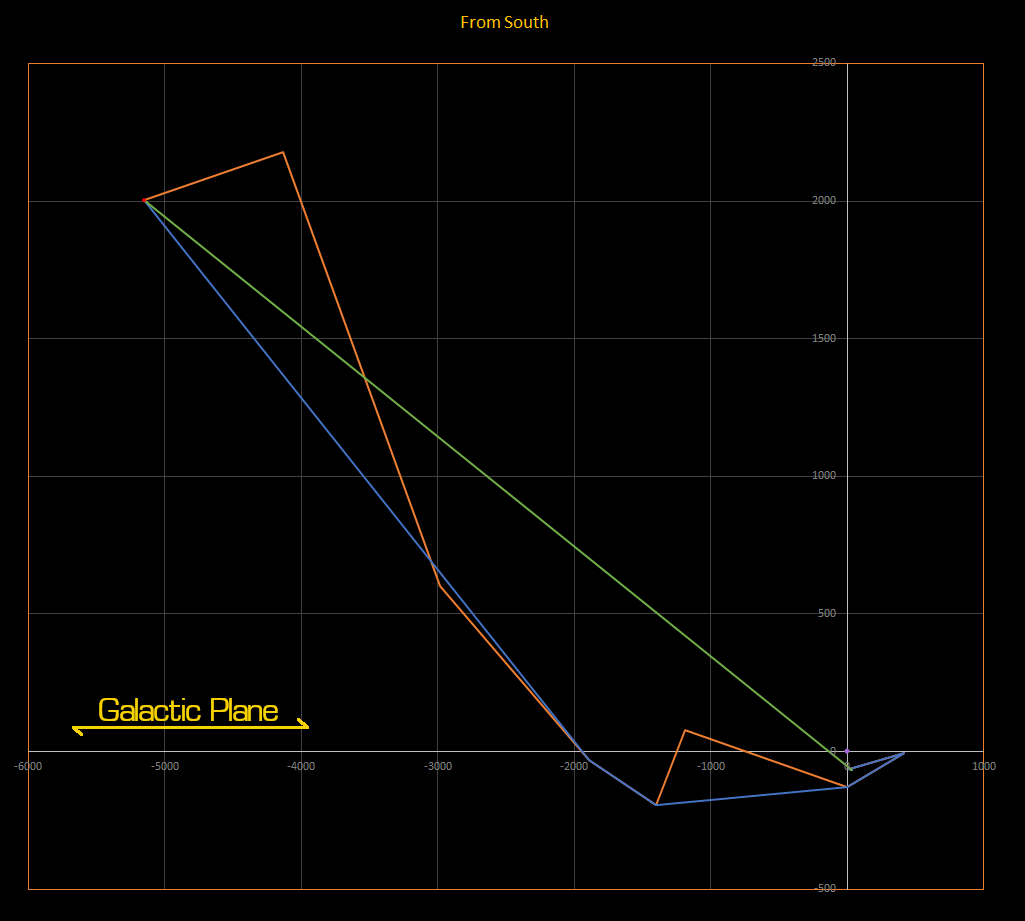For the next three weeks we will be doing an in-depth survey of the cluster known as Caldwell 1. Discovering, mapping, and bio-scanning anything we can find in there, and logging it to our discoveries spreadsheet for the leg, which can be found: here
Dates
Start Date: January 14, 2023
End Date: February 4, 2023
Distances
Basecamp Line: 480.18 Ly
Main Waypoints: 480.18 Ly
Optional Waypoints: N/A
Map, (click for full size):

Basecamp: NGC 188 SMV 4385
Main Waypoints
- Map References quick reference list, more details below
- NGC 188 SMV 4385
Main Waypoints Details
- Map Reference: NGC 188 SMV 4385
- POI: Caldwell 1
- Caldwell 1, also known as NGC 188 is an open cluster located within the Cepheus constellation areas of the sky as seen from Earth. Being circumpolar as well it is always above the Horizon no matter where you are in the northern hemisphere. It was discovered in 1831 by John Herschel. Among open clusters it has a high number of main sequence stars making it of particular interest to scientists studying those and for potential exoplanets.
It is the first object in the Caldwell catalog made by Sir Patrick Alfred Caldwell-Moore to act as a complement to the Messier catalog. The objects in the Caldwell catalog are ordered by their declination, meaning Caldwell 1 is the most northerly in the sky, and Caldwell 109 being the most southerly.
Optional Waypoints
The optional waypoints for this leg is to simply scout out any stars you can within the cluster. There is a shared discoveries spreadsheet available at this link: https://1drv.ms/x/s!AuaQ1lvTHzu7jkpyRmG-FXzQ2uvU?e=dE7SG0 to keep track of what has already been scouted by the group and what needs to be scouted still. Please make sure to record any progress there as well!

